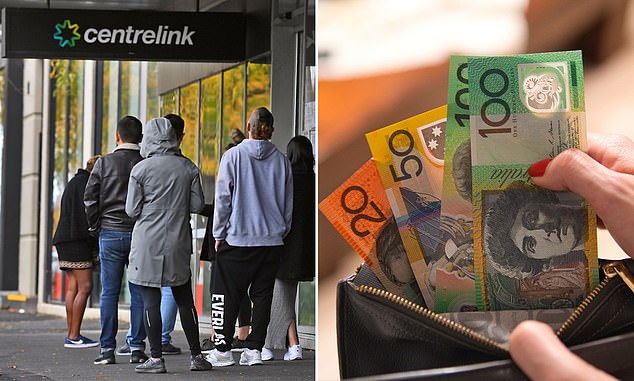<!–
<!–
<!– <!–
<!–
<!–
<!–
Australians on social assistance are struggling to survive one of the toughest cost-of-living crises in decades as payments fail to meet needs, a new report shows.
Research by Anglicare Australia shows the lowest-income households are hardest hit by the country’s worst period of inflation since the 1980s.
Despite the rising cost of essentials such as food and housing, the majority of Centrelink payments are only collected through indexation and are not kept up to date, the report says.
Lower-income households spend a greater proportion of their budgets on essential items and are less able to absorb higher prices or reduce their discretionary spending.
The report found that over the past two years, housing costs have risen 22 percent, while food prices have risen 17 percent and electricity costs have risen 17 percent.
“Over the past 18 months it has become clear that many Australians are living in conditions that are too precarious to cope with the impacts caused by the rising cost of living,” the report says.

Welfare recipients are bearing the brunt of the country’s worst period of inflation since the 1980s.
The charity urged the federal government to increase the rate of all social security payments above the poverty line.
It also calls for the establishment of an Independent Social Security Commission which would have the power to set and adjust income support payments based on the cost of living.
Anglicare Australia chief executive Kasy Chambers said people on lower incomes had been left behind for decades, but their pain had been exacerbated in the past two years by skyrocketing prices.
“Low-income people did not create the cost of living crisis in Australia,” he said.
‘They should not be asked to pay a higher price for it.
“We need a plan to stop the lowest paid Australians being pushed further into poverty.”
He said some people went into debt to keep a roof over their heads, while others skipped meals, avoided insurance or went without other basics.
